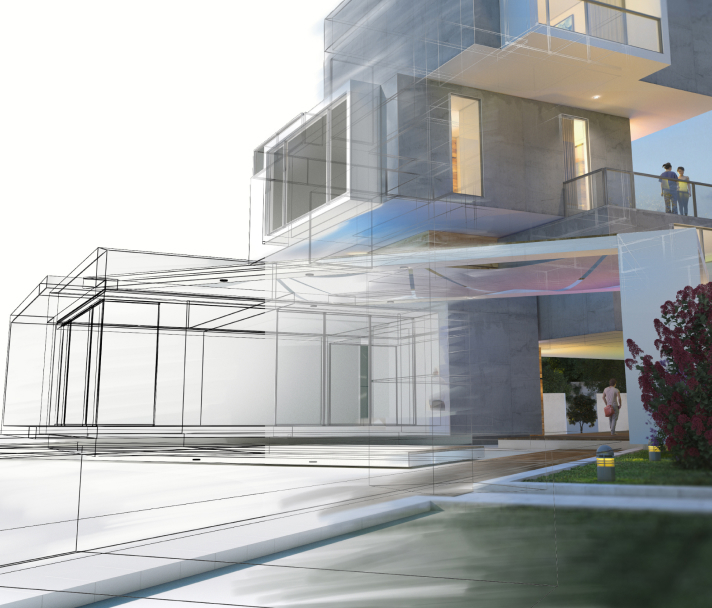CAD and BIM

Unparalleled data support to enhance your CAD.
Data Integration
Integrate with GIS, BIM and literally 1,000s of other applications.
Data Quality
Ensure your CAD standards are followed and perform other validation for better workflows.
Transform Attributes
Transform all CAD attributes and stored information beyond just geometric when integrating.
Data Sharing
Empower your entire organization by easily sharing data through a web service or application.
Design Customization
Easily customize design elements of your CAD data to match your team’s design sensibilities.
Community Tools
Utilize the FME Community for simple support and ideas on how to grow your FME expertise.



